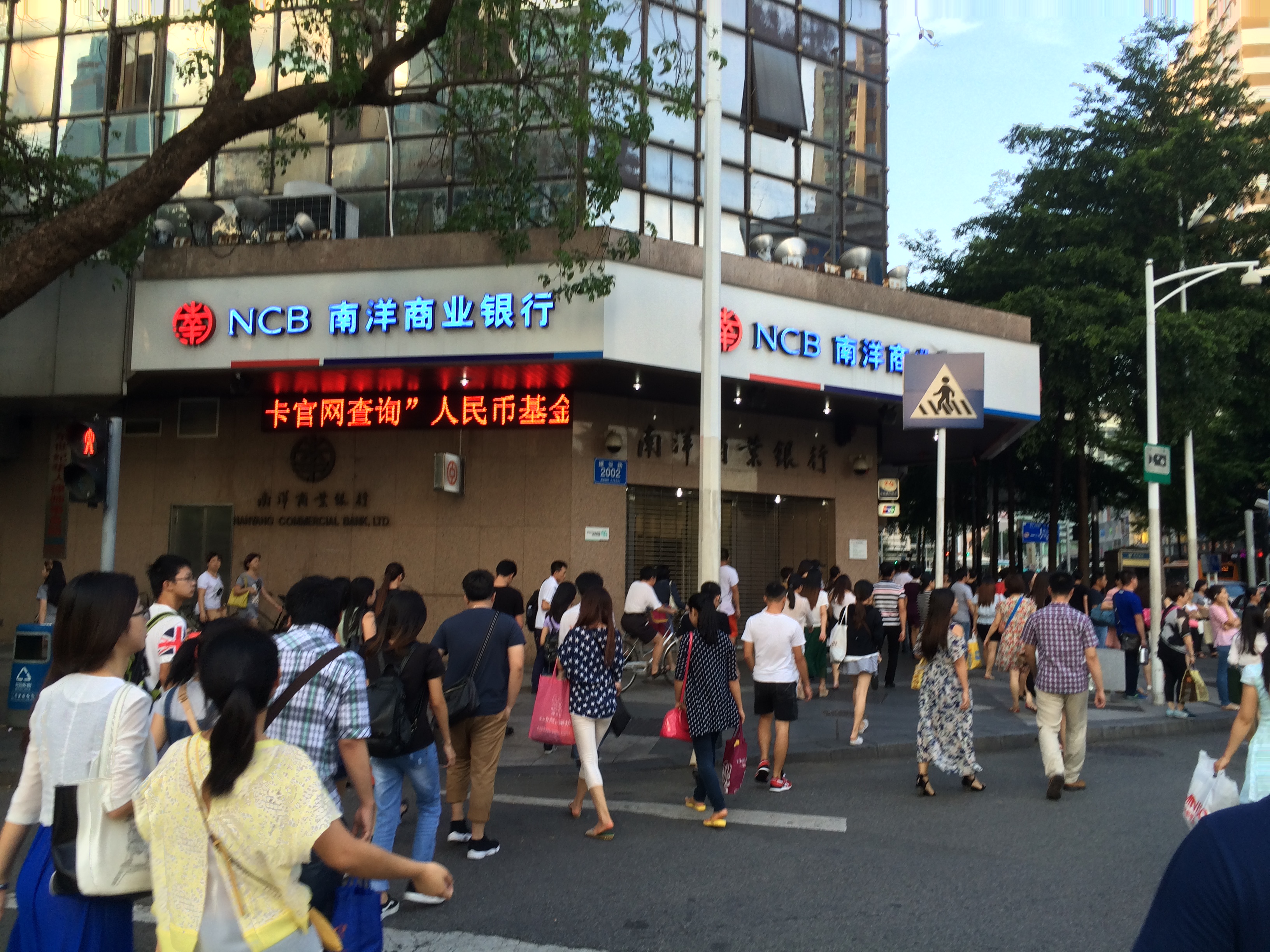State or state-affiliated creditors make up most of the local banking system. They traditionally prefer to lend to state-owned enterprises, since the risks are minimized in this case, unlike consumer lending in the face of a lack of comprehensive credit histories.
Now, thanks to the growing popularity of mobile payments and e-commerce, Chinese technology companies have received a large amount of data on consumer behavior, which can help determine the risk of lending.
Some companies already provide loans using this information. But with strengthening of government control over financial and technological companies and desire of banks to attract more retail customers, both sides increasingly cooperate with each other.
Over the past two to three years, almost all medium and commercial Chinese banks have signed commercial agreements with technology giants Alibaba, Tencent and Baidu, said David Yin, vice president and analyst at Moody's Financial Institutions Group.
The number of users of the Alipay payment platform managed by Ant Financial, the subsidiary of Alibaba, has increased to at least 520 million in less than 15 years. According to Aurora Mobile, the penetration level of Alipay reached over 51%. For comparison: applications of the three largest banks in China have a penetration rate of 7% to 11%.
Ant Financial can predict customer behavior based on available data, said Junhua Mao, assistant general manager of the company.
Ant Financial expects that payment for technological services will become an important component of its business in the next three to five years. In the past few months, the company has agreed to cooperate with several Chinese banks, including China Everbright Bank, Huaxia Bank and Shanghai Pudong Development Bank.
Nevertheless, banks cannot be fully protected from technological competition. Both Tencent and Alibaba cooperate with online lenders. Meanwhile, some financial companies, in fact, are successfully creating their own technology services. Chinese financial and insurance giant Ping An said that its technology division OneConnect is cooperating with 441 banks and serves almost 89% of city commercial banks across the country.
As of June 2018, the number of Internet users in China reached 802 million.
The share of Chinese people using financial services on the Internet in the first half of the year was 21% compared to 16.7% for the same period last year.
source: cnbc.com
Now, thanks to the growing popularity of mobile payments and e-commerce, Chinese technology companies have received a large amount of data on consumer behavior, which can help determine the risk of lending.
Some companies already provide loans using this information. But with strengthening of government control over financial and technological companies and desire of banks to attract more retail customers, both sides increasingly cooperate with each other.
Over the past two to three years, almost all medium and commercial Chinese banks have signed commercial agreements with technology giants Alibaba, Tencent and Baidu, said David Yin, vice president and analyst at Moody's Financial Institutions Group.
The number of users of the Alipay payment platform managed by Ant Financial, the subsidiary of Alibaba, has increased to at least 520 million in less than 15 years. According to Aurora Mobile, the penetration level of Alipay reached over 51%. For comparison: applications of the three largest banks in China have a penetration rate of 7% to 11%.
Ant Financial can predict customer behavior based on available data, said Junhua Mao, assistant general manager of the company.
Ant Financial expects that payment for technological services will become an important component of its business in the next three to five years. In the past few months, the company has agreed to cooperate with several Chinese banks, including China Everbright Bank, Huaxia Bank and Shanghai Pudong Development Bank.
Nevertheless, banks cannot be fully protected from technological competition. Both Tencent and Alibaba cooperate with online lenders. Meanwhile, some financial companies, in fact, are successfully creating their own technology services. Chinese financial and insurance giant Ping An said that its technology division OneConnect is cooperating with 441 banks and serves almost 89% of city commercial banks across the country.
As of June 2018, the number of Internet users in China reached 802 million.
The share of Chinese people using financial services on the Internet in the first half of the year was 21% compared to 16.7% for the same period last year.
source: cnbc.com





